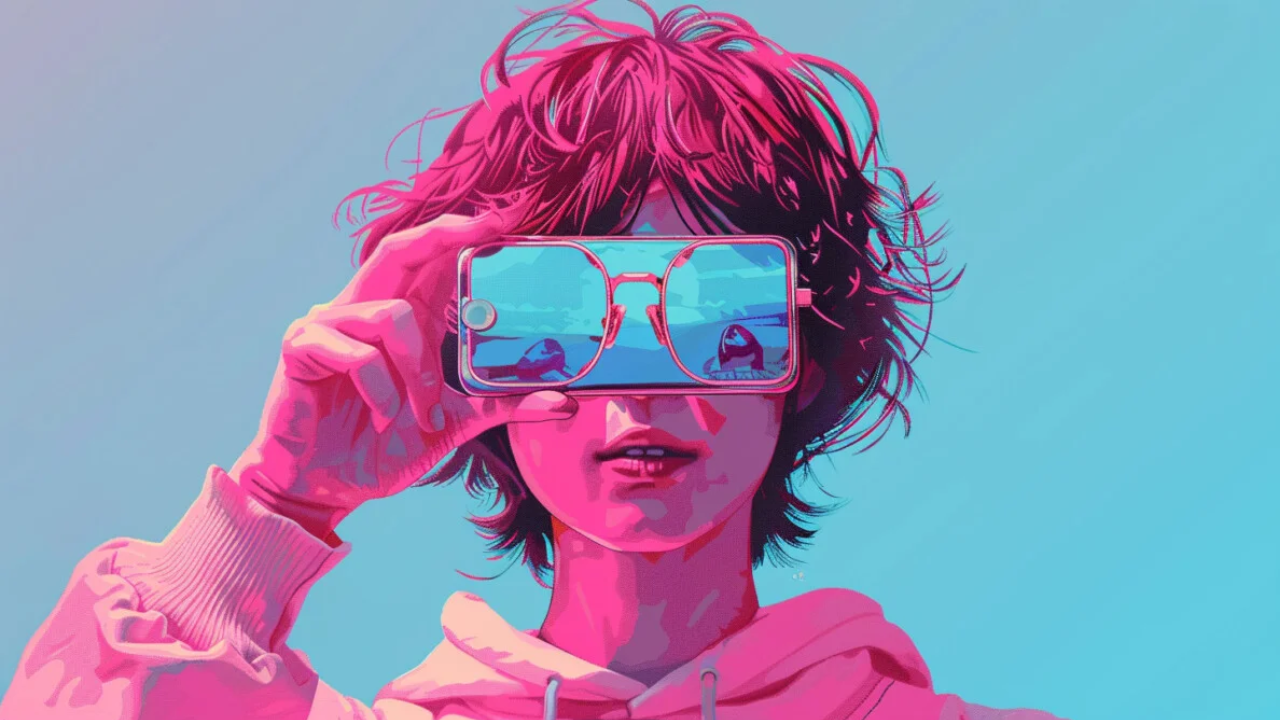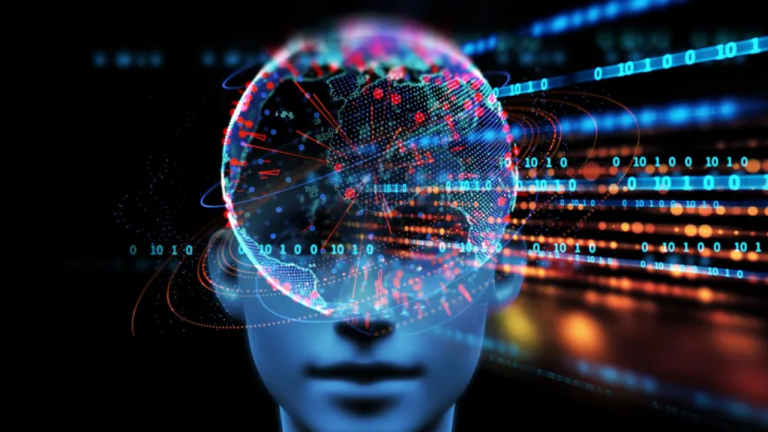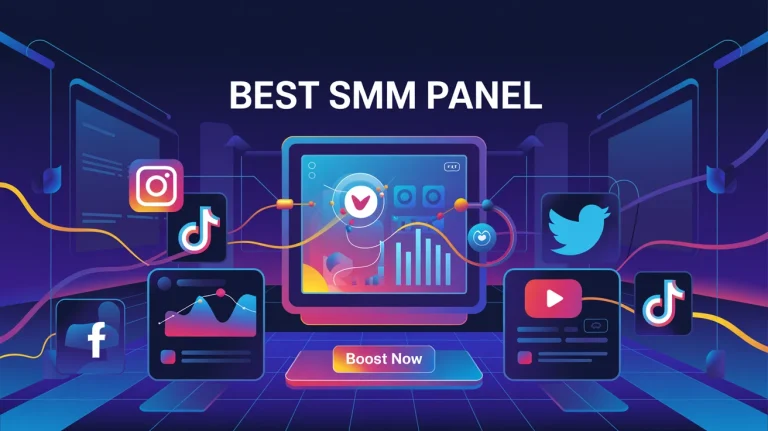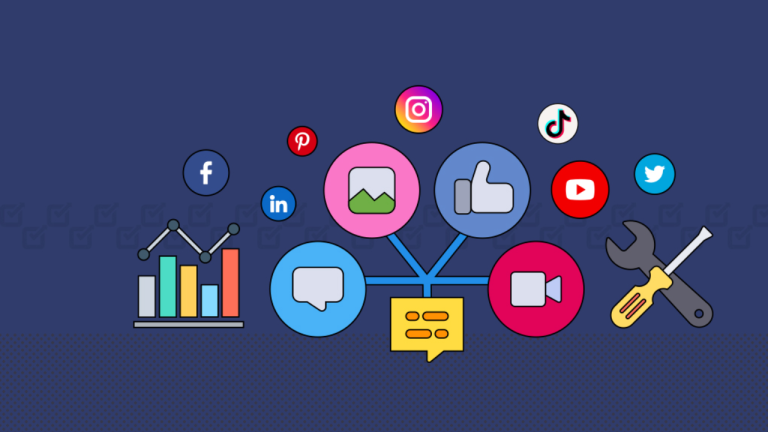The Rise of AI Influencers: Social Media’s New Power Players
In the ever-evolving world of social media, a new wave of influencers is emerging—not human, but artificial. These digital personas, powered entirely by artificial intelligence, are transforming how brands market products, how users consume content, and how the boundaries between real and virtual identities are defined.
Welcome to 2025, where AI influencers are no longer niche experiments but mainstream marketing powerhouses. From fashion campaigns to product reviews, music videos to interactive posts, these AI-created personalities are reshaping the influencer landscape in ways few could have predicted.
What Are AI Influencers?
AI influencers are computer-generated characters designed to mimic the behavior, appearance, and online presence of real people. They can post content, respond to followers, and even endorse products—just like traditional influencers. What separates them is that every move they make is powered by algorithms, data modeling, and generative technologies.
These digital figures are often backed by creative studios or AI startups that manage their brand, partnerships, and content strategy. Some even have distinct personalities, storylines, and voices built to connect with specific audiences.
Why Are AI Influencers Trending in 2025?
The rise of AI influencers didn’t happen overnight. It is the result of several converging trends in technology, media, and consumer behavior:
- AI advancements: Generative AI has made it possible to create hyper-realistic avatars, simulate emotions, and generate dynamic content at scale.
- Influencer fatigue: With so many human influencers saturating platforms, users are seeking novelty—and AI brings something fresh.
- Brand efficiency: For marketers, AI influencers are reliable, scalable, and drama-free. They don’t age, get canceled, or go off-script.
- 24/7 engagement: These virtual personalities can interact with audiences across time zones without breaks.
Top AI Influencers Making Waves in 2025
Here are a few AI influencers that have gained massive followings across Instagram, TikTok, YouTube, and even emerging platforms like Threads and Fanbase:
1. Lil Miquela (@lilmiquela)
Perhaps the original AI influencer, Lil Miquela now has millions of followers and partnerships with luxury brands. Her content blurs the line between activism, fashion, and fiction.
2. Imma (@imma.gram)
Created in Japan, Imma is known for her pink bob and impeccable fashion sense. She appears in fashion campaigns and interviews, blending digital modeling with street-style aesthetics.
3. Noonouri (@noonoouri)
This high-fashion AI influencer is often seen in runway collaborations and brand announcements. Her animated, doll-like design appeals to both fashion houses and younger digital audiences.
4. FN Meka (retired)
Once a popular AI rapper, FN Meka faced backlash due to cultural appropriation concerns, showing that AI influencers must still navigate ethics and sensitivity.
These personalities may not breathe, but their impact on the culture is very real.
How AI Influencers Are Built
The technology behind AI influencers is complex, yet fascinating. Here’s a simplified breakdown of how they’re created and operated:
- Visual Creation: Artists and designers use 3D modeling tools, photorealistic rendering, and motion capture to build the influencer’s body and movements.
- AI & Machine Learning: Algorithms generate text, speech, facial expressions, and emotional responses based on audience behavior and platform trends.
- Behavior Programming: Developers assign personality traits, speech styles, and even moral boundaries to ensure consistency and engagement.
- Social Strategy: Human managers still oversee scheduling, collaborations, and real-time responses, guided by audience analytics.
Brand Collaborations: Why Businesses Love Them
AI influencers are not just popular—they’re profitable. Here’s why brands are jumping at the chance to work with them:
- Full control over messaging
- Zero PR risk related to personal scandals
- Endless content production with consistent quality
- Highly targeted marketing, as AI avatars can be customized to fit niche audiences
- Global scalability, since these influencers speak multiple languages and adjust tone for different regions
Fashion, beauty, tech, and even finance companies are signing deals with AI figures that rival those made with human creators.
Impact on Traditional Influencers and the Creator Economy
With the rise of AI influencers, human content creators are facing a new kind of competition. While many creators still dominate in authenticity, emotion, and lived experience, AI influencers bring in production speed and consistency that no human can match.
Some influencers are collaborating with AI avatars, co-hosting livestreams or sharing content space. Others are pushing for authenticity over perfection, emphasizing realness in contrast to digital perfection.
Rather than replacing humans entirely, the trend is heading toward hybrid models, where real and AI creators coexist and even collaborate.
Challenges and Ethical Considerations
Despite the hype, the AI influencer trend brings a number of important challenges that must be addressed:
1. Transparency
Audiences deserve to know whether they’re interacting with a real person or a digital creation. Some brands have been accused of misleading users.
2. Representation
Who controls the identity and voice of AI influencers? What happens when digital characters are designed to mimic real racial, gender, or cultural identities?
3. Data Use
AI influencers often collect and react to user behavior. This raises questions about privacy, especially when interactions feel human.
4. Mental Health Impacts
The perfect looks and curated lifestyles of AI influencers may further distort beauty standards and self-image, especially among younger users.
The Future of Influence in the AI Age
As AI tools grow more accessible, we may see a future where anyone can design their own influencer, powered by pre-built AI templates. Imagine individuals or businesses launching their own branded virtual personalities to engage customers or followers.
We might also see:
- AI influencer agencies managing dozens of virtual personas
- Virtual talk shows hosted by digital characters
- AI musicians with entire discographies and fanbases
- Hyper-personalized influencers generated for each viewer based on preferences
In this future, influence will be more about impact and presence, not human identity alone.
Final Thoughts
The rise of AI influencers marks a turning point in how we define influence, identity, and creativity online. They’re more than digital avatars—they’re data-driven personas that challenge our understanding of authenticity and connection in the digital age.
As they become more common, the line between creator and creation will continue to blur. Whether you see it as progress or a warning sign, one thing is certain: AI influencers are here to stay, and they’re changing the face of social media one post at a time.
For those watching the future of tech, media, and marketing unfold, platforms like Aiotechnical.com remain key to understanding what comes next. From exploring the tools that power AI influence to reporting on ethical dilemmas, the platform offers a front-row seat to the new era of digital influence.





